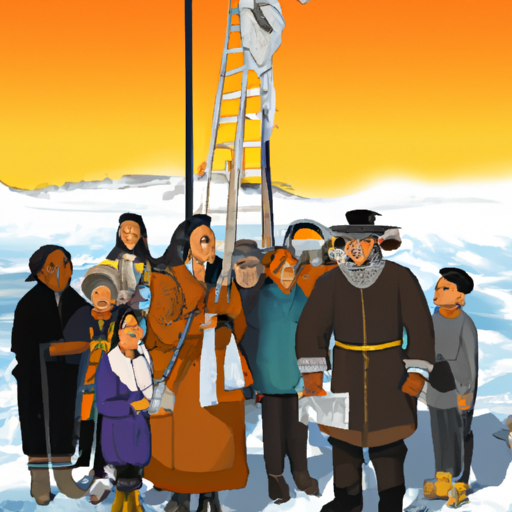Comprehending the Depths of the Opioid Crisis in First Nations’ Communities
Hello everyone and welcome back to our blog. Today, we are diving into a particularly disheartening aspect of the ongoing Canadian opioid crisis. This time, our focus is on how the opioid crisis is disproportionately affecting indigenous communities, especially the Ditidaht First Nation. We came across a heart-wrenching article by the Times Colonist that highlighted the sad reality in these regions and we believe it is important to spread awareness about it. So without further ado, let’s talk about the issues at hand.
The Realities of the Opioid Crisis in the Ditidaht First Nation
The article details a tragic event where one person lost their life due to opioid overdose in the Ditidaht First Nation. This distressing incident refuses to stand alone; instead, it adds to the terrifying statistics that reflect the opioid-related mortality rate amongst the indigenous populations of Canada.
When talking about the opioid crisis, we must understand that it does not discriminate. It has the potential to wreak havoc in the life of anyone, irrespective of age, ethnicity, or socio-economic status. However, the indigenous communities of Canada are disproportionately affected, partaking in a large share of the tragedies.
Understanding the Disproportionate Impact
Various factors contribute to this disproportionate impact inherent within the indigenous communities. These include the lack of adequate healthcare resources and high rates of homelessness and crime. Many indigenous people also experience a greater level of stress and trauma, making them more susceptible to substance abuse and thus, overdose.
Key Points from the Article
- The confirming of an opioid overdose death in the Ditidaht First Nation community, a sad yet stark reminder of the opioid crisis’s gravity.
- The Opioid crisis is disproportionately affecting indigenous communities, who bear a cruel brunt of the tragedy.
- Several factors contribute to this, including lack of healthcare resources, high rates of homelessness, crime, and increased susceptibility due to trauma.
- The authorities have been trying to combat this crisis through the administration of Naloxone and opioid class action lawsuits.
Combating the Opioid Crisis
The Canadian authorities are taking various steps to lessen the opioid crisis’s impact, including the use of Naloxone, a medication administered to counteract an opioid overdose. More accessible distribution of Naloxone kits and training on how to use them effectively could help save countless lives.
Besides this, numerous opioid class action lawsuits have been filed against opioid manufacturers and distributors, holding them accountable for the opioid crisis. These lawsuits aim to curb the distribution and irresponsible marketing practices implemented by these companies.
Conclusion
In conclusion, the plight of the indigenous communities amidst the opioid crisis should not go unnoticed. In fact, by shining a light on these underrepresented sectors, we can help in the acceleration of more targeted, effective measures to combat this humanitarian crisis.
The efforts taken by authorities, including the administration of Naloxone and the opioid class action lawsuits, can certainly yield positive results. However, it is essential to ensure that these steps are appropriately implemented, especially in the most affected regions, such as the Ditidaht First Nation.
Whether it is the improvement of healthcare resources, tackling homelessness and crime, or providing destigmatized therapeutic interventions, every step counts. The opioid crisis needs to be battled on all fronts, ensuring that the most susceptible among us receive the help they need.
In shedding light on these areas, we can all help, not just to understand this debilitating crisis but also to be part of the solution. Let’s keep the conversation going because every life counts and deserves to be saved.


